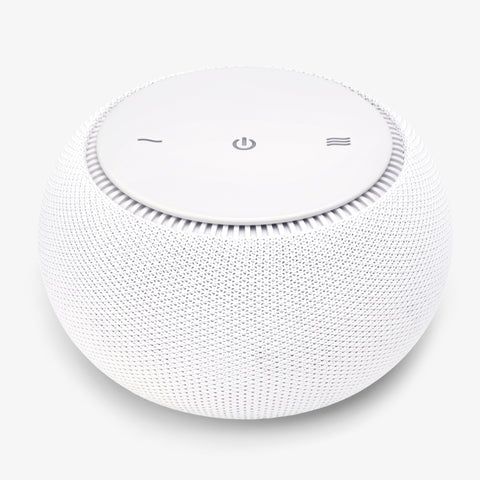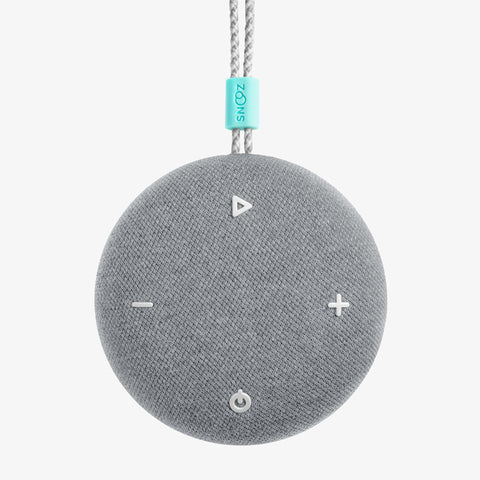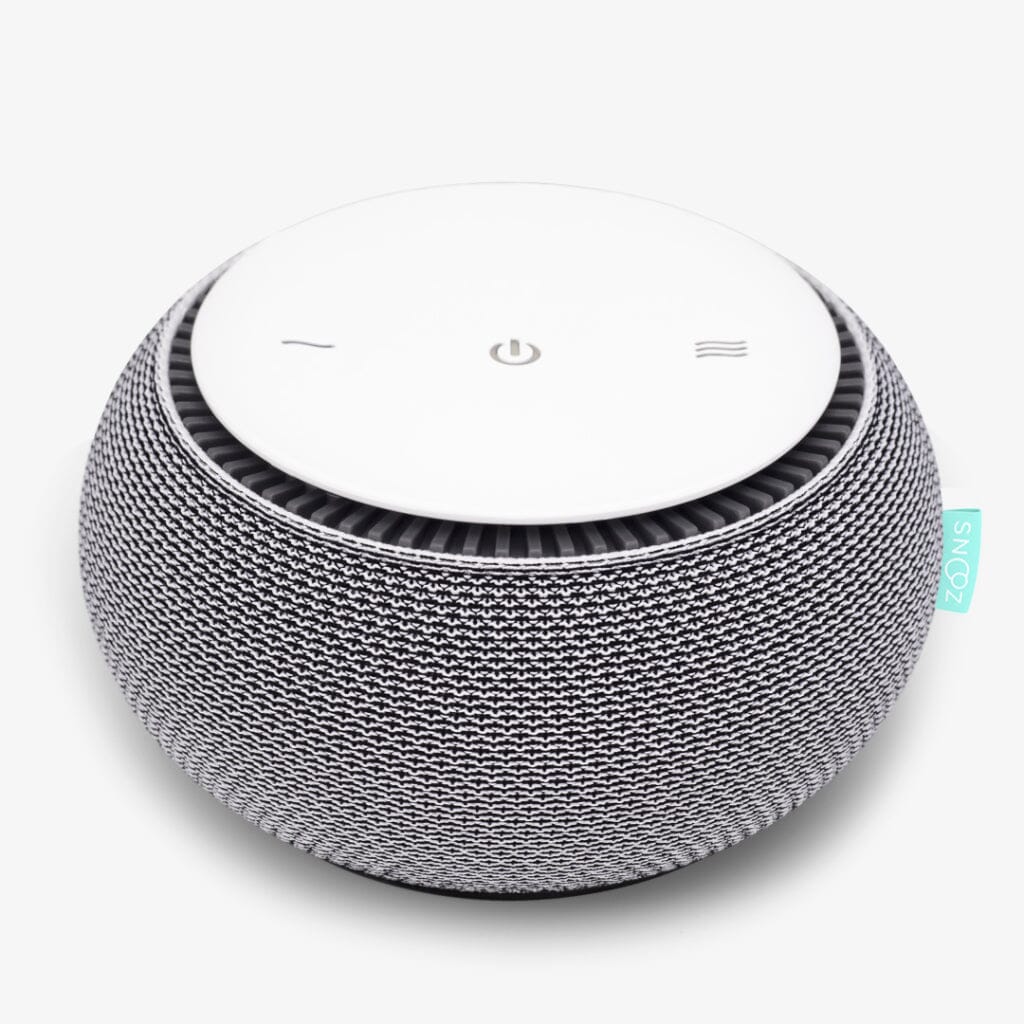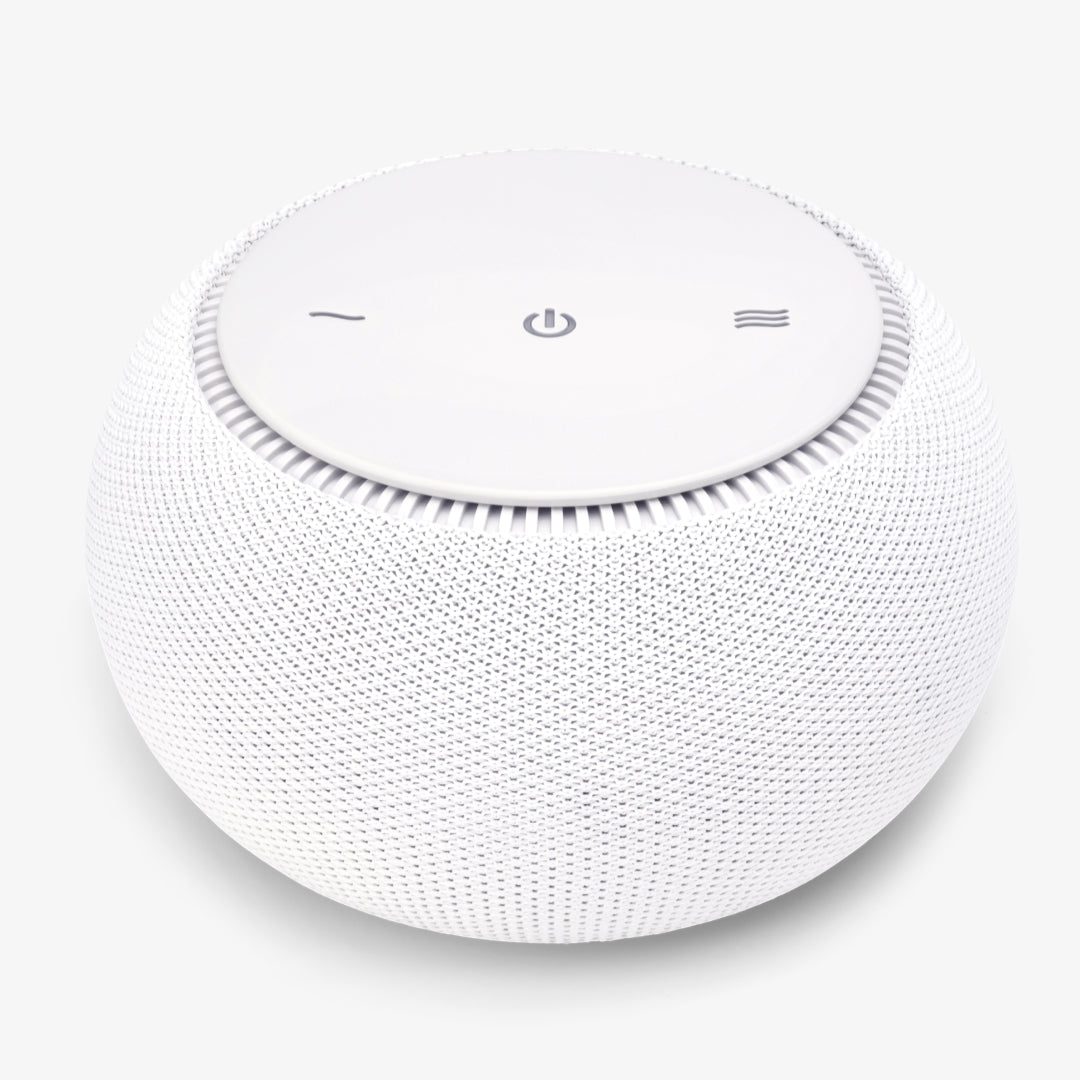This Sunday, you're going to gain an hour of sleep. Sounds great, right?
Wrong.
Here's what actually happens: You'll change your clocks back on Sunday morning, maybe sleep in a little, and feel pretty good about the whole thing. "Extra hour of sleep!" everyone will say.
But then Monday evening rolls around. You're driving home from work and suddenly it's pitch black outside. It's only 5:30 PM but it feels like 9:00 PM. Your body is screaming that it's time for bed, but you're piloting a 2-ton vehicle through rush hour traffic in the dark.
And you're not alone—every single person on the road with you is experiencing the exact same thing.
The National Sleep Foundation doesn't call the week after DST "Drowsy Driving Prevention Week" for dramatic effect. They call it that because this week is genuinely one of the most dangerous times to be on the road.
The "Extra Hour of Sleep" Is a Myth
Let's dispel this right now: most people don't actually get an extra hour of sleep when we fall back.
Sure, if you normally wake up at 7:00 AM, your alarm will go off at what your body thinks is 8:00 AM on Monday morning. But here's what happens that evening: you go to bed at your normal time—let's say 11:00 PM—which now feels like midnight to your body. So you're trying to fall asleep when your body isn't ready yet.
The net result? You might feel okay on Monday morning, but by Monday evening you're a mess. And it doesn't get better quickly.
Research from the CDC's National Institute for Occupational Safety and Health shows that it can take about one week for the body to adjust to the new times for sleeping, eating, and activity. That's an entire work week where your circadian rhythm—your internal biological clock—is out of sync with the actual time.
How to Make the Transition a Bit Easier
The good news? This is entirely preventable. Here's what you need to do:
1. Start Adjusting NOW (Before Sunday)
Don't wait until Sunday to deal with this. Starting tonight, shift your bedtime and wake time 15-20 minutes later each day. By Sunday, you'll already be partway adjusted.
2. Prioritize Sleep Quality During the Transition
When your circadian rhythm is disrupted, sleep quality becomes even more critical. Create optimal conditions:
- Keep your bedroom cool (65-68°F is ideal)
- Make it completely dark—use blackout curtains if needed
- Block out noise disruptions that might wake you during the night
This is where consistent white noise can make a real difference. When your body's internal clock is confused and you're trying to maintain a sleep schedule through the transition, having a consistent sound environment helps signal to your brain that it's time to sleep—even when everything else feels off.
3. Be Extra Careful on Evening Commutes This Week
The Monday-Friday evening commute is where the real danger lies. Take extra precautions:
- Leave work a few minutes early if possible to avoid peak darkness
- Take a brief walk or get fresh air before getting in your car
- If you feel drowsy, pull over—don't try to push through
- Avoid highway driving if you can take a more engaging route
- Be extra defensive—other drivers are drowsy too
4. Know the Warning Signs
If you experience any of these while driving, you are NOT safe to be on the road:
- Difficulty keeping your eyes open
- Repeated yawning
- Difficulty remembering the last few miles
- Drifting from your lane
- Missing exits or traffic signs
Pull over. Call someone. Wait it out. Whatever you do, don't tell yourself "just a few more miles."
5. If Possible, Adjust Your Schedule
If your work allows any flexibility, consider:
- Working from home Monday or Tuesday
- Leaving work 30 minutes early if you can make up the time
- Avoiding evening commitments this week
- Taking a different, shorter route home
Even small adjustments can reduce risk during the adaptation period.
6. Use Light Strategically
Since darkness is a major factor, use light to your advantage:
- Get bright light exposure in the late afternoon to help you stay alert
- Keep your car interior well-lit during evening drives
- Consider a light therapy lamp at home to help regulate your circadian rhythm
- Avoid bright screens right before bed (they'll make it even harder to fall asleep at the new time)
The Real Danger: Darkness and Evening Drowsiness
The bigger issue with falling back isn't about gaining or losing sleep. It's about what happens to your evening commute.
On Friday, you drove home from work in daylight. On Monday, that same commute is in complete darkness. And this isn't just a visibility issue—though that's dangerous enough. It's a biological issue.
Your body produces melatonin (the sleep hormone) in response to darkness. So now, when you're driving home in the dark at 5:30 PM, your body is getting the signal that it's time to sleep. Add to this the fact that your internal clock thinks it's actually 6:30 PM (an hour later), and you've got a perfect storm for drowsy driving.
You're fighting to stay alert while:
- Driving in darkness (reduced visibility, more eye strain)
- Your body is releasing melatonin (making you sleepy)
- Your internal clock thinks it's later than it actually is (amplifying sleepiness)
- You still have hours to go before your actual bedtime
The Statistics Are More Alarming Than You Think
Let's talk numbers, because they're sobering.
According to the National Sleep Foundation's 2023 Drowsy Driving Survey, 6 in 10 American adult drivers admit to having driven drowsy. Not "a little tired." Drowsy. As in, struggling to keep their eyes open while operating a vehicle at highway speeds.
And the impact? Drowsy driving contributes to:
- Over 300,000 police-reported crashes every year
- More than 100,000 injuries
- As many as 6,400 deaths annually in the United States
To put that in perspective, drowsy driving causes roughly the same percentage of crashes as drunk driving—about 20% of all motor vehicle crashes.
The problem starts early, too. By the time they're teenagers, 1.7 million young drivers have already driven while so tired they could barely keep their eyes open. And working teens? They're 2.5 times more likely to drive drowsy than teens who don't work. The work-schedule-sleep crunch starts the moment we enter the workforce, and it never really stops.
So Why Don't We Take It Seriously?
Here's where it gets interesting.
When surveyed, 97% of adults said drowsy driving is risky. Okay, good. We all know it's bad. But when you dig deeper and ask how likely drowsy driving is to cause death or serious injury?
Only 31% of adults said "extremely likely."
Compare that to:
- Drunk driving: 65% said "extremely likely"
- Drugged driving: 55% said "extremely likely"
- Distracted driving: 32% said "extremely likely"
Drowsy driving ranks dead last in our perception of danger—despite causing comparable crash rates to drunk driving.
And here's the kicker: The people who regularly drive drowsy are the LEAST likely to see it as dangerous. Only 25% of adults who've driven drowsy think it's "extremely likely" to cause death or injury, compared to 37% of people who've never done it.
Think about that. The people engaging in the behavior have convinced themselves it's not that bad. They've normalized it.
This is exactly why only two states—New Jersey and Arkansas—have any drowsy driving legislation on the books. We simply don't take it seriously as a society, even though the National Sleep Foundation's consensus guidelines are crystal clear: "Drivers who have slept for two hours or less in the preceding 24 hours are not fit to operate a motor vehicle."
What "Falling Back" Does to Your Body (And Your Evening Commute)
When we "fall back," we don't just adjust our clocks. We shift our entire circadian rhythm—the internal biological clock that regulates when we feel alert and when we feel sleepy.
Your body doesn't care that the clock on the wall says 5:30 PM. Your body thinks it's 6:30 PM, and it's dark outside, which means your brain starts preparing for sleep. But you're not home yet. You're in traffic. And this doesn't resolve itself overnight.
The CDC reports it takes about one week for the body to adjust to the new times for sleeping, eating, and activity. That's an entire work week where:
- Your evening alertness is compromised during your commute home
- You're driving in darkness when you're used to daylight
- Your body is producing sleep hormones earlier than your schedule allows
- You're trying to stay awake when your biology wants to shut down
And here's the multiplier effect: everyone else on the road is going through the exact same thing.
That Monday evening commute? It's not just you fighting drowsiness. It's the person in the lane next to you. The driver behind you. The one merging onto the highway. Everyone is operating at diminished capacity, all at once, in the dark.
The Main Culprit: Work Schedules
When the NSF asked drowsy drivers what prevented them from getting adequate sleep to drive alert, the answer was overwhelming: work schedules.
58% of adults who've driven drowsy said work or school demands kept them from getting the sleep they needed. Not staying up late watching Netflix. Not social activities. Work.
This makes perfect sense when you think about the fall time change. You can't tell your boss, "I'm leaving at 4:30 PM this week so I can drive home before I get too drowsy." You're expected to work your normal hours, drive home at your normal time—even though that normal time is now dark and your body wants to be asleep.
And for people who already have late end times or long commutes? Falling back compounds an already difficult situation. If you normally leave work at 5:30 PM and have a 45-minute commute, you're now driving until 6:15 PM in complete darkness while your body thinks it's 7:15 PM and has been dark for over an hour.
Lower-income workers face additional challenges: they're more likely to cite illness or medical problems as barriers to good sleep (likely due to reduced healthcare access), and they're less likely to have flexible work arrangements that might ease the transition.
The Disconnect Between Knowing and Doing
Here's what makes drowsy driving so insidious: unlike drunk driving, where you make a deliberate choice to get behind the wheel after drinking, drowsy driving often doesn't feel like a choice.
You have to get home from work. You have to pick up your kids. You have to make that evening appointment. And sure, you're tired, but you've driven tired before and it was fine. You tell yourself you'll power through it. You roll down the windows, turn up the music, maybe grab another coffee.
But the National Sleep Foundation's research shows that most healthy drivers are impaired with only 3-5 hours of sleep in the prior 24 hours. Impaired. As in, your reaction time, judgment, and ability to stay in your lane are all compromised—similar to drunk driving.
The difference is, you don't feel impaired in the same way you feel drunk. You just feel tired. And we've all been trained to push through tiredness.
But here's the thing about the week after we fall back: you're not just tired from lack of sleep. You're tired because your body's entire system is telling you it's time to shut down for the night. And you're trying to override that while driving in the dark.
This Week Is Different
Every other week of the year, your evening drowsiness is somewhat predictable. You know how you'll feel at 6:00 PM because it's been 6:00 PM all year.
But the week after DST, everything changes. That 6:00 PM now feels like 7:00 PM to your body. The darkness that used to signal "almost bedtime" now happens during your commute home. Your melatonin production shifts but your work schedule doesn't.
Going to bed earlier doesn't fully help because your body isn't ready to sleep yet at the new time. Drinking more coffee just makes you jittery and tired at the same time. The normal coping mechanisms don't function properly because the entire sleep-wake cycle has been shifted.
This is why this week, specifically, is designated as Drowsy Driving Prevention Week. It's the one week where almost everyone is simultaneously fighting evening drowsiness while driving in newly dark conditions.
The Bottom Line
Daylight Savings Time ends this Sunday. You'll turn your clocks back, and suddenly your evening commute will be in complete darkness while your body thinks it's an hour later than it actually is.
During that week, you'll be fighting drowsiness while driving home in the dark. So will millions of other Americans. The combination contributes to thousands of crashes every year—crashes that are completely preventable.
The solution isn't complicated: recognize that "gaining an hour" doesn't mean you'll be more rested. It means your entire system will be out of sync for a week, and you need to plan accordingly.
Because right now, as a society, we don't take this seriously. We celebrate the "extra hour" without acknowledging the dangers that come with it. We've normalized driving drowsy, convinced ourselves that being tired is just part of life, that we can push through it, that one more drive won't hurt.
But the statistics say otherwise. 300,000 crashes. 100,000 injuries. 6,400 deaths. Every single year.
This week, when your body and the clock don't agree, when darkness comes early and your brain wants to shut down during your commute, take it seriously. Plan ahead. Create the conditions for quality sleep during the transition. And when Sunday rolls around and you change those clocks, remember: you're not gaining an hour. You're signing up for a week of compromised evening alertness unless you actively do something about it.
Sleep First. Drive Alert.
Struggling to maintain quality sleep through the time change? Snooz's white noise machines help create the optimal sound environment for sleep, especially when your circadian rhythm is disrupted and your body's internal clock doesn't match the clock on the wall. Because this week, when your sleep schedule is thrown off, every minute of quality rest counts.









